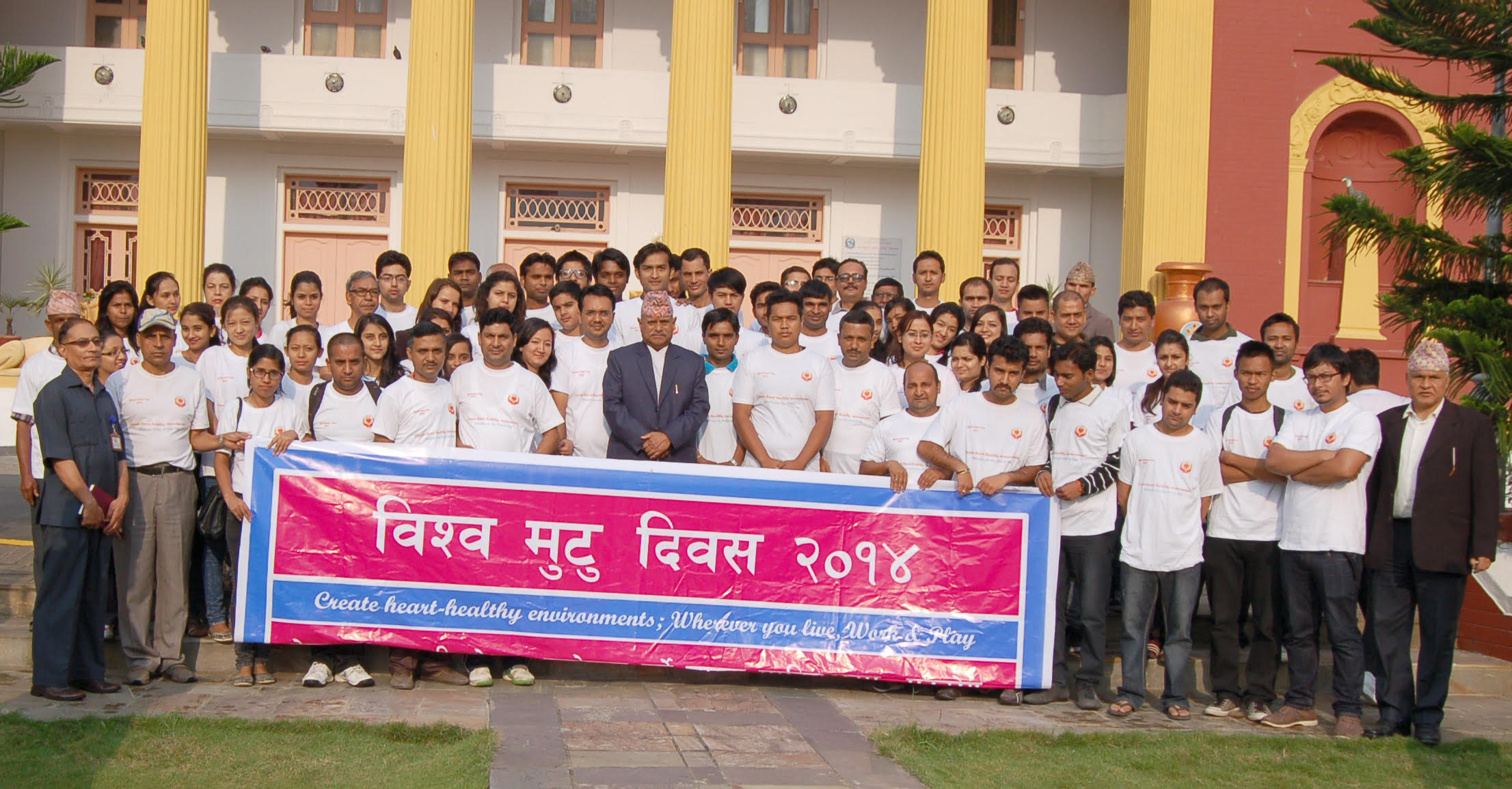After the announcement of concessions and waiver of different fees and taxes by the Government of Nepal, a number of international airlines are set to fly to and from the newly-built Gautam Buddha International Airport (GBIA) and Pokhara Regional International Airport (PRIA) of Nepal. The airlines which are set to launch operations to the GBIA are Himalaya Airlines, Jazeera Airways, Wizz Air, Air Arabia and Thai AirAsia. Similarly Air Astra and Druk Air are set to fly to the PRIA.
The GBIA was inaugurated on May 16, 2022, coinciding with the birth anniversary of Lord Gautam Buddha. Jazeera Airways and Himalayan Airlines operated international flights from this airport for a couple of months and they terminated the flights due to constraints of passengers and high operating costs. Nepal Airlines Corporation is operating one flight weekly from Kuala Lumpur to this airport. Although the PRIA officially came into operation from January 1, 2023, except a couple of chartered flights, no airlines have operated any international flights from this airport.
Recently, the Government of Nepal, with objectives to attract international airlines to operate flights from and to these airports, has decided to offer concessions for tickets and fuel , waive the service fee, ground handling charge, VAT on air tickets and grant fifth freedom rights to airlines till mid-September 2026. The government also decided to operate immigration offices, quarantine check posts and waive visa fees for international tourists in both the airports. Moreover, all the offices and institutions related to labor permit, health check up, training etc will be opened in the airport districts including opening of visa centers. This would facilitate all required formalities at the location of airport districts without a visit to Kathmandu by the laborers.
For a long time, the international airlines were demanding some concessions and waiver on fees and taxes so as to be financially feasible to operate flights from these airports as they have to enter Nepal through only the Simra route, which has been a long route and costly to operate from these airports. The new offers of the government would compensate for their high costs and costs for additional flight hours from the Simra route.
Stakeholders see Public-Private Partnership a key to tackle Nep...

For more than a decade, Nepal has been repeatedly requesting India for a review of the airspace agreement with the aim of providing more cross-border entry and exit points through western Nepal for airlines that will be serving the GBIA and the PRIA. In August 2014, a joint communiqué issued by Nepal and India said, “The cross-border direct routes will facilitate flights between regional airports in Pokhara and Bhairahawa, and this will save time and money for air travelers and also improve air connectivity between India and Nepal.” But India has been constantly refusing to offer those air routes to Nepal.
Without hostility, air route off-limits to a friendly nation is reputed to be a violation of the freedom of the air convention, formulated as a result of disagreements over the extent of aviation liberalization in the Convention on International Civil Aviation of 1944, known as the Chicago Convention. The freedoms of the air are a set of commercial aviation rights granting a country's airlines the privilege to enter and land in another country's airspace.
Pokhara is the most popular tourist destination in Nepal and has been declared the tourism capital of the nation. The city sprawls on the shores of Phewa Lake. The Annapurna Range, with three out of 10 highest peaks in the world — Dhaulagiri, Annapurna and Manaslu — is within 15–35 miles of the Pokhara Valley. Pokhara’s enthralling beauty has been the subject of many travel writers. Its pristine air, the eye-catching scenery of the snowy peaks and the clear Phewa, Begnas and Rupa lakes, put together, make this destination ‘the Jewel of the Himalayas.’ Each year, tourists in big numbers from all over the world visit Pokhara to enjoy the beauty of the mountains, lakes, and surrounding destinations. They come to Pokhara for adventure, historical, and recreational or leisure purposes and there are unlimited possibilities that the international community finds here for the sake of study, religion, health, sports, mission, seminar, and business trips as well.
Similarly, Lumbini, the birthplace of Lord Buddha, is the center of attractions for millions of Buddhists around the globe. Emperor Ashoka, who erected one of his commemorative pillars there depicts Lumbini as the birthplace of Buddha. The site is now being developed as a Buddhist pilgrimage center, where the archaeological remains associated with the birth of Lord Buddha form a central feature. Lumbini has a number of old temples, including the Maya Devi Temple, and several new temples, funded by Buddhist organizations from various countries. Also, there is the Puskarini, or Holy Pond, where Mayadevi, the Buddha's mother, is believed to have taken the ritual dip prior to his birth and where he also had his first bath. Lumbini was made a World Heritage Site by UNESCO in 1997.
Both the new international airports have more strategic importance for Nepal and should not be evaluated just on the risk-benefit ground. Strategic infrastructures could take longer periods for optimum rate of returns. However, government agencies in Nepal have some sort of compulsion and misconception to think upon every business activity from the revenue point of view, which seems to be nice for a moment but in many circumstances, affects the economy from growth. In the name of revenue, direct air routes and geopolitics, it is not in favor of Nepal to halt international flights for a long time from these airports. The government's decision to offer concessions and waiver on fuel, ground handling, taxes and visa fees would affect the revenue in the short term. However, in the long term, the economic returns gained from the movement of airlines and travelers could be much higher than the revenue collections. As these airports have been built on external loans and after the end of concessions and waiver period and full operations of the airport, it would be also comfortable for the government to repay the loans. Because, the government’s offers are only for a three-year period.
Big hotel entrepreneurs - both in Bhairahawa and Pokhara - who have invested billions of rupees by constructing hotels, have been encouraged by the new decision of the government. Not only big hotels but also small hotels, transport and other business activities would also flourish in those locations. Both airports are going to be more busy after Kathmandu Airport will be shut down 10 hours daily for maintenance purposes from Nov 2024 to March 2025. Many airlines from Kathmandu, especially those flying from Middle East countries, will be shifted and scheduled to these airports during that period.
As both destinations are preferred by Chinese and Indian tourists, it is also expected that airlines of both countries will start flights in the near future. Nepal can also look at attracting tourists from Thailand, Japan, Cambodia and East Asian countries including China, from where entering Nepal have no route problems; the route problems exist only in the west. In the changed context, after operations of both the international airports, India would seriously think on offering additional western air routes as well as allow the operation of Instrument Landing System (ILS) at the GBIA. As the inflow of Indian tourists to Lumbini and Pokhara through land routes is high, Indian airlines would be in profit to fly to these airports from different Indian cities to tackle the flow of these tourists once India offers new air routes. This would also give a message to India not to reverse its previous decision to offer western air routes to Nepal as a good neighbor.
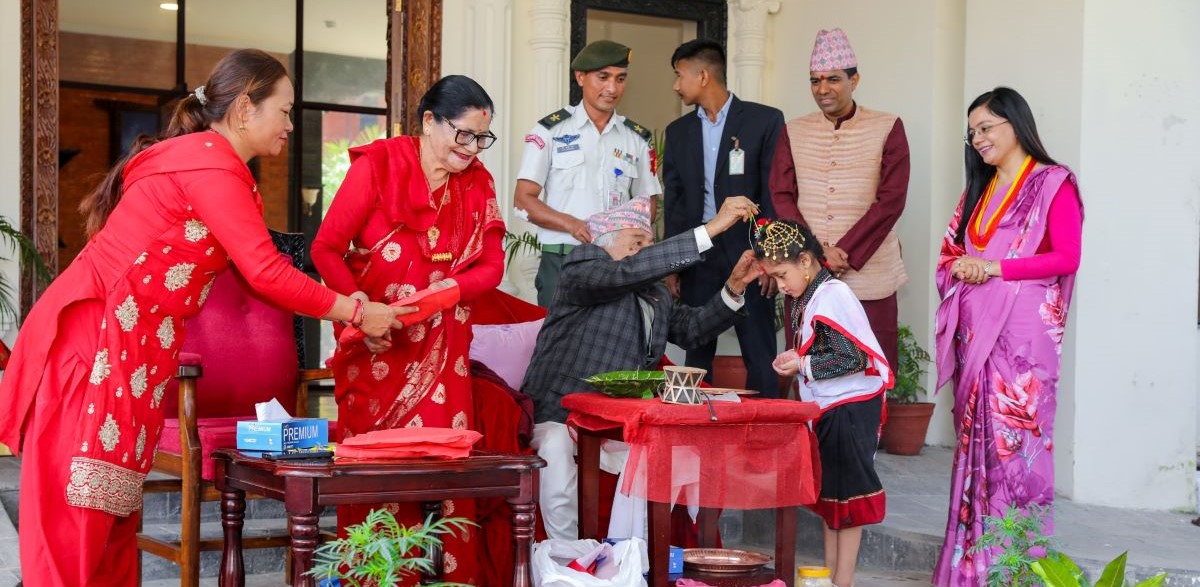








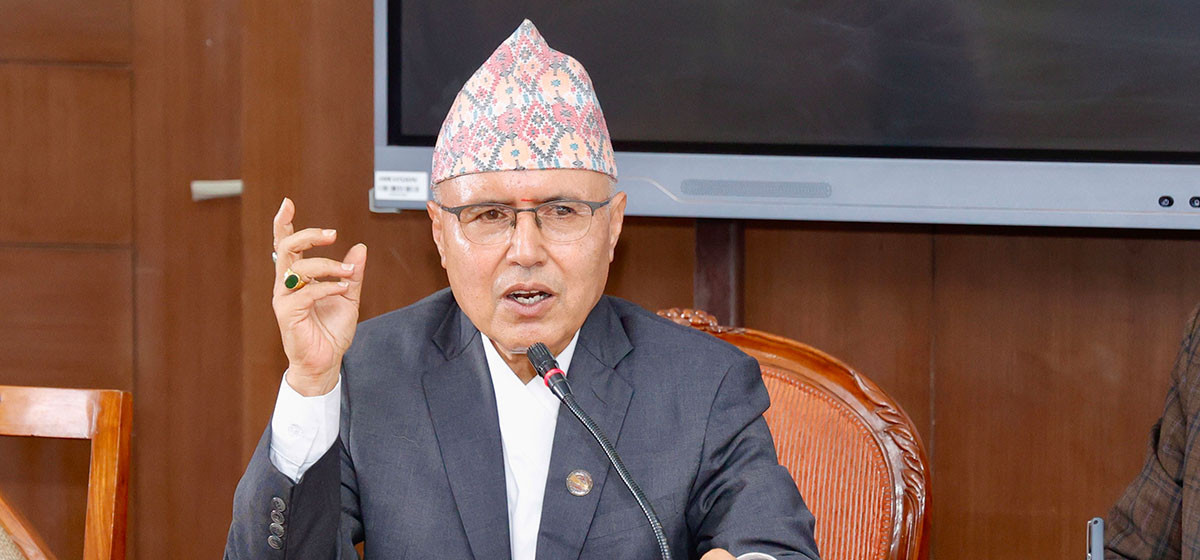
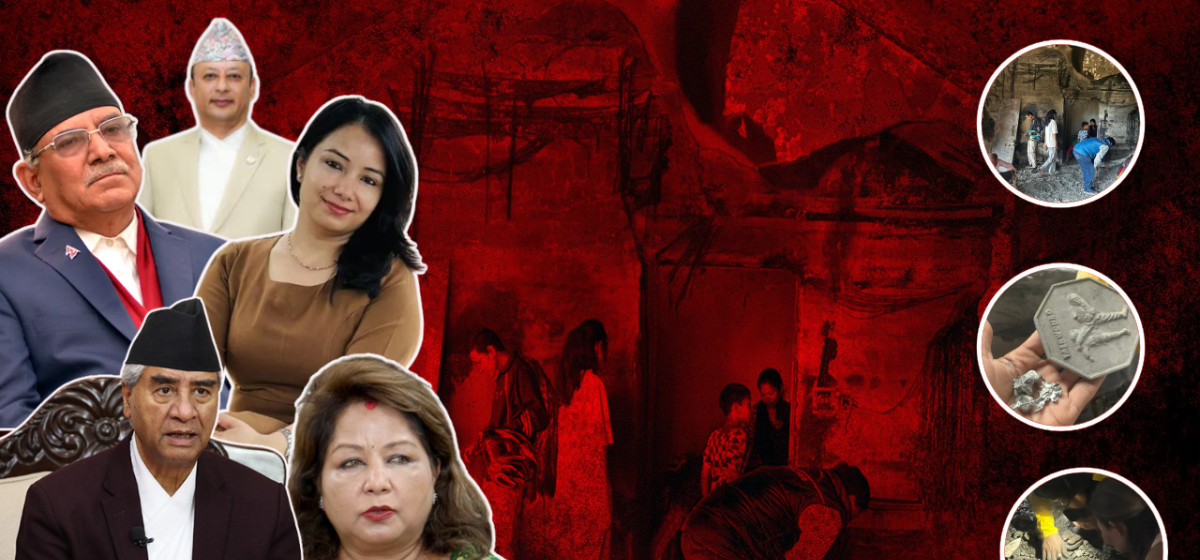


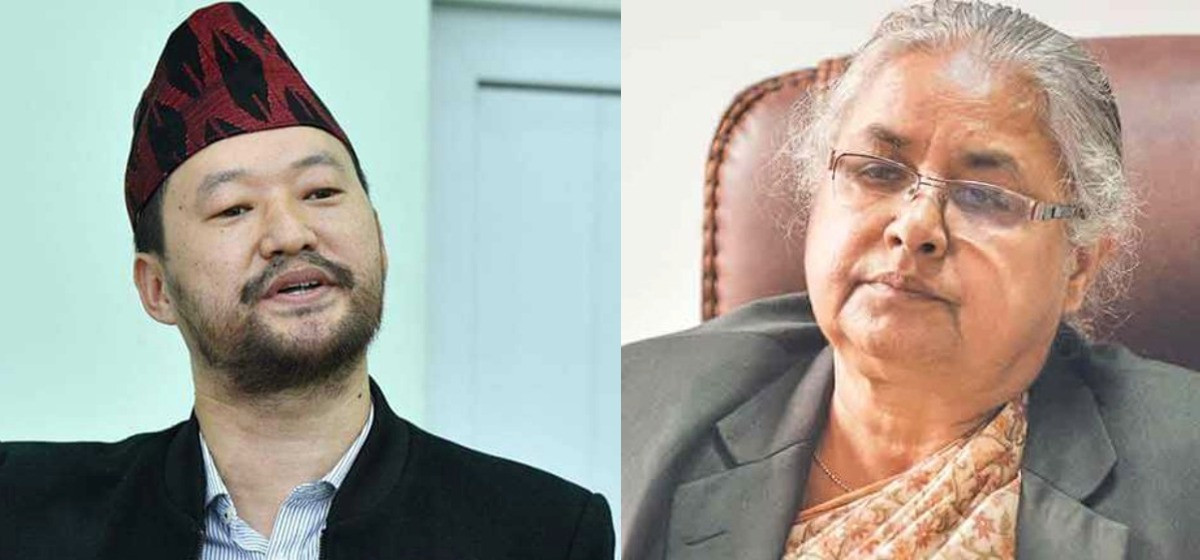
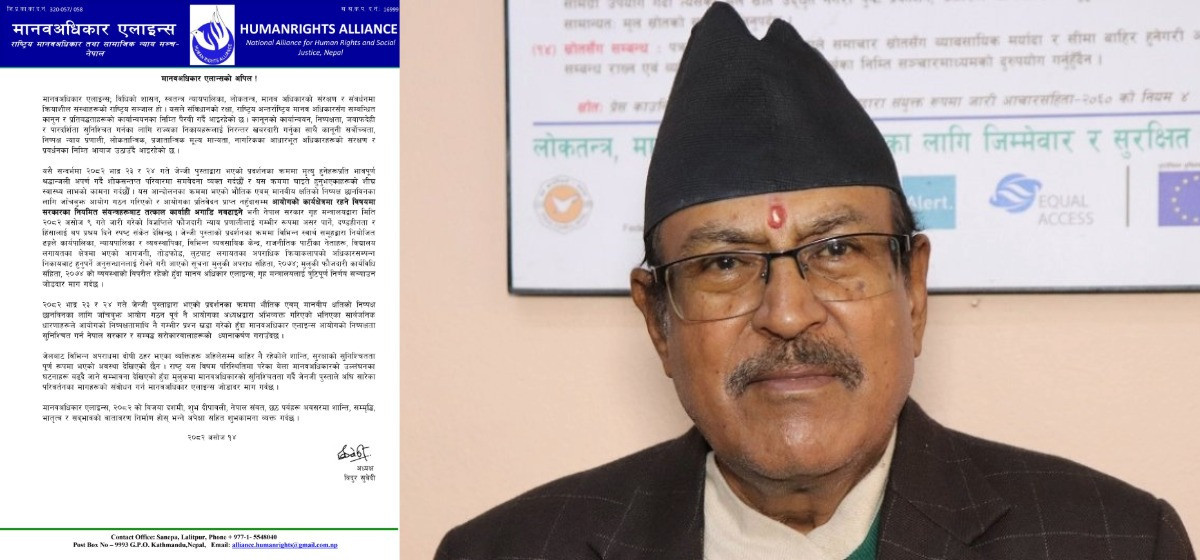








-1200x560_20240917101949.jpg)
